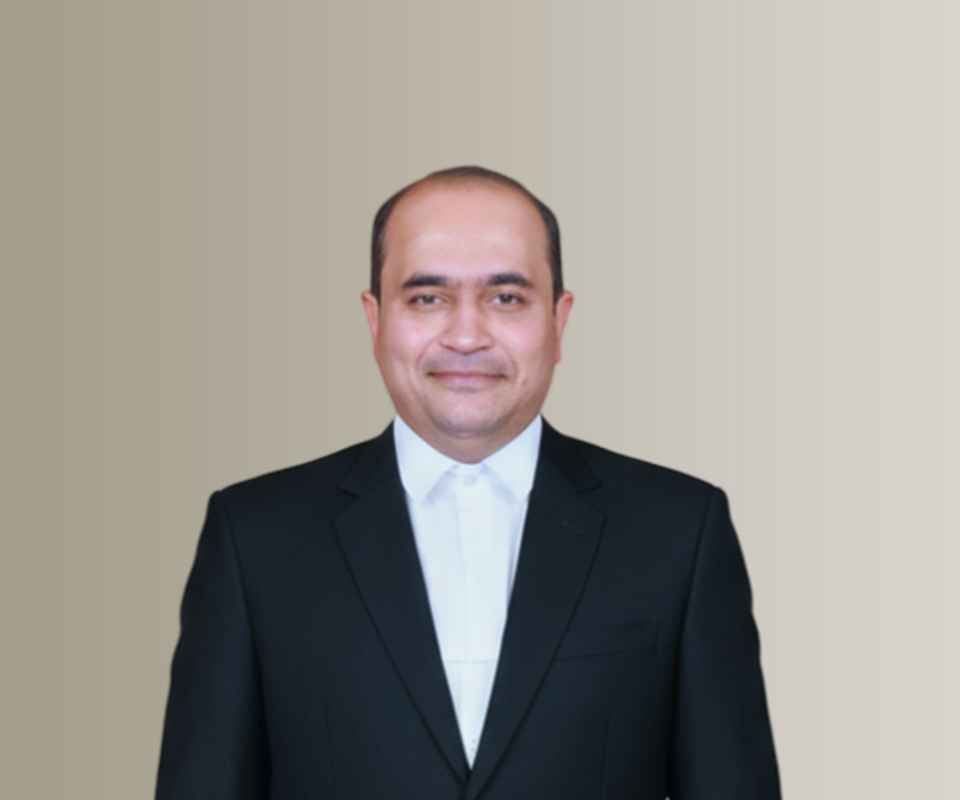Answer By law4u team
The process for initiating recovery proceedings in India will depend on the type of debt and the creditor involved. Here are the general steps that are typically involved: Issue of demand notice: The creditor will issue a demand notice to the borrower, asking for repayment of the outstanding amount within a certain time period. Legal notice: If the borrower fails to comply with the demand notice, the creditor may send a legal notice to the borrower, threatening legal action if the outstanding amount is not paid. Filing of lawsuit: If the borrower still does not pay the outstanding amount, the creditor can file a lawsuit in a court of law. The type of court will depend on the amount of the outstanding debt. For example, if the amount is more than Rs. 20 lakhs, the creditor can file a case in the Debt Recovery Tribunal (DRT). Service of summons: Once the lawsuit is filed, the court will issue summons to the borrower, asking them to appear in court on a certain date. Hearing: At the hearing, both the creditor and the borrower will present their case to the court. The court may pass a judgment in favor of the creditor, ordering the borrower to pay the outstanding amount. Execution of decree: If the borrower still does not comply with the court order, the creditor can initiate the process of execution of the decree. This can involve seizure of the borrower's assets or garnishment of their wages. It is important to note that the exact process for recovery proceedings can vary depending on the specific circumstances of the case.









